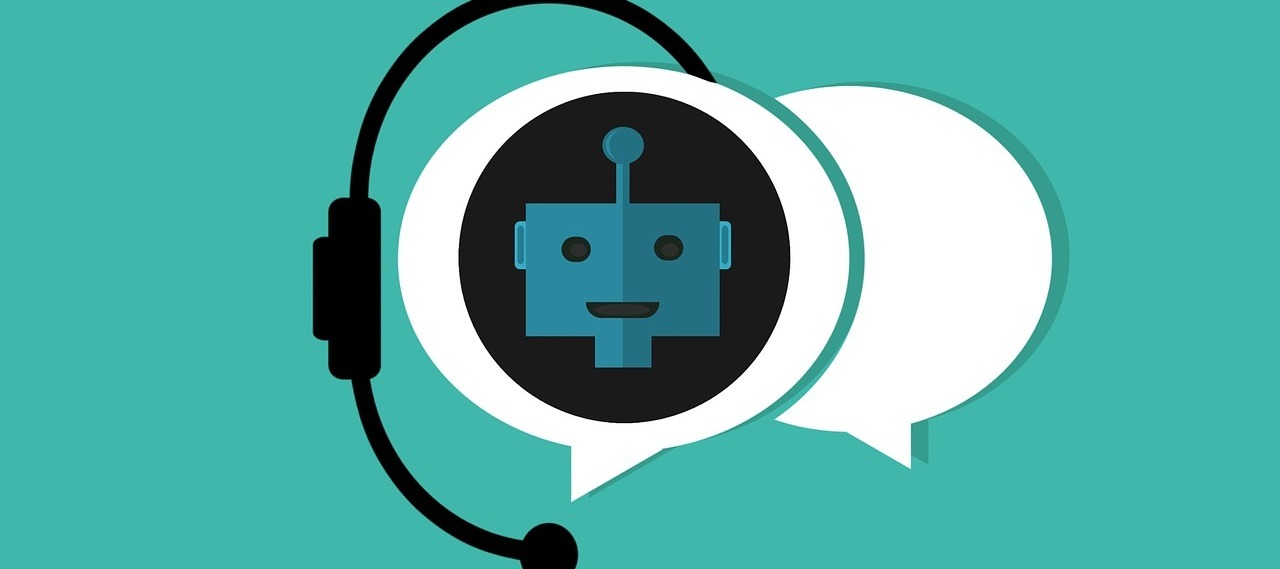
How hybrid chatbots improve customer experience
Anyone familiar with hybrid AI knows the purpose is to combine symbolic AI (human intelligence) with non-symbolic AI (machine intelligence) to achieve better outcomes. One example where hybrid AI is used by businesses is updating standard chatbots to improve customer service.
More organizations are using chatbots to provide customers and employees with faster answers to common questions. Thus far, end users would often prefer to talk to a live agent who can quickly comprehend the situation and provide assistance. The limitations of chatbots have become all too obvious, such as asking for the same clarification time and again.
"You can never extract all the knowledge out of a person's head and put it into an expert system, but you can extract a lot of really useful guidelines," said Michael Berthold, CEO of data science and analytics platform provider KNIME. "Make that the basis and have the chatbot learn from that, so you have an 80% solution that's based on expert knowledge."

Moving from post hoc to ad hoc issue resolution
Using hybrid chatbots, organizations can benefit from AI's fast answers to common questions while maximizing the use of human agents. To achieve that, the chatbot must be based on human knowledge. Conversely, the stakeholders building and training the chatbot must be open-minded enough to accept when the AI discovers patterns that weren't previously recognized and fix those limitations.
Traditionally, chatbots' limitations have been recognized after the fact or "post hoc." By then, customers are likely frustrated. For deterministically programmed chatbots where given inputs produce given outputs, logs are mined for queries that haven't been addressed yet because they tend to be outliers. Over time, the chatbot is able to answer more questions, but initially, the lack of answers to some questions may cause some customer churn.
"Make sure you include as much human expertise as you can and encode the typical journey of the people having a conversation with your job chatbot. Also make sure that you can very quickly catch the outliers and hand them over to humans," said KNIME's Berthold.
People outside the organization can help with model training by providing feedback directly to the chatbot. For example, the chatbot may say, "I found this information which seems to match your query. Is this what you were looking for?" If so, then the answer is labeled relevant to that specific query. If not, then the chatbot might surface more data or transfer the customer to a live agent.
Hybrid chatbots not only help to close the gap between human knowledge and the kinds of queries a chatbot can answer, but also help ensure that queries involving an emergency or another emotional issue are dealt with empathetically. This requires adjustments to the words the chatbot uses and a quick handoff to a human agent who understands the customer's dilemma and the best way to address it.

Hybrid chatbots are being used in the hospitality industry
Organizations in the hospitality business use AI in various ways, including providing more personalized search results, answering guests' questions, verifying guests and providing immediate access approval. However, the chasm between that vision and the current reality is that hosts have a tremendous amount of expertise and existing processes in place that are not, or cannot, be encoded into a machine learning model.
"It's tempting to try to apply a one-size-fits-all solution over which property managers and hospitality operators have complete control. However, this severely limits the scope of answerable questions," said Peter Sorbo, co-founder and CTO of digital transformation services company Enso Connect.
To get around this, Sorbo said hosts need to be able to define their own "formulas" for answers. This way, the specific answer to a question is guaranteed to be corrected by a host if needed, and AI is only responsible for matching a question with the most correct answer it can offer.
In the hospitality business, customer service quality is a competitive advantage, which is why automated responses to guests' queries aren't enough. That is why hybrid chatbots combine both chatbots and manually operated live chats to provide 24/7 availability, immediate answers, scalability and consistency across various channels. A hybrid chatbot, when implemented well, can also respond to complex requests without saying it doesn't understand.
"If the hybrid AI is successfully trained and set, customers won't feel the frustration usually caused by communicating with bots. In fact, they might not even notice that they are talking to a robot," said Sorbo.
Succeeding with a hybrid chatbot is an iterative journey of continuous improvement. According to Sorbo, it begins with a long-term vision that prepares a business for AI chatbot use in the future. Based on that vision, the business must build a solid data infrastructure, adopt the necessary software, implement the required operational procedures and find the right talent. That way, there's a foundation for capturing the data needed to systematically train its chatbot AI platform.
© 2022 LeackStat.com
